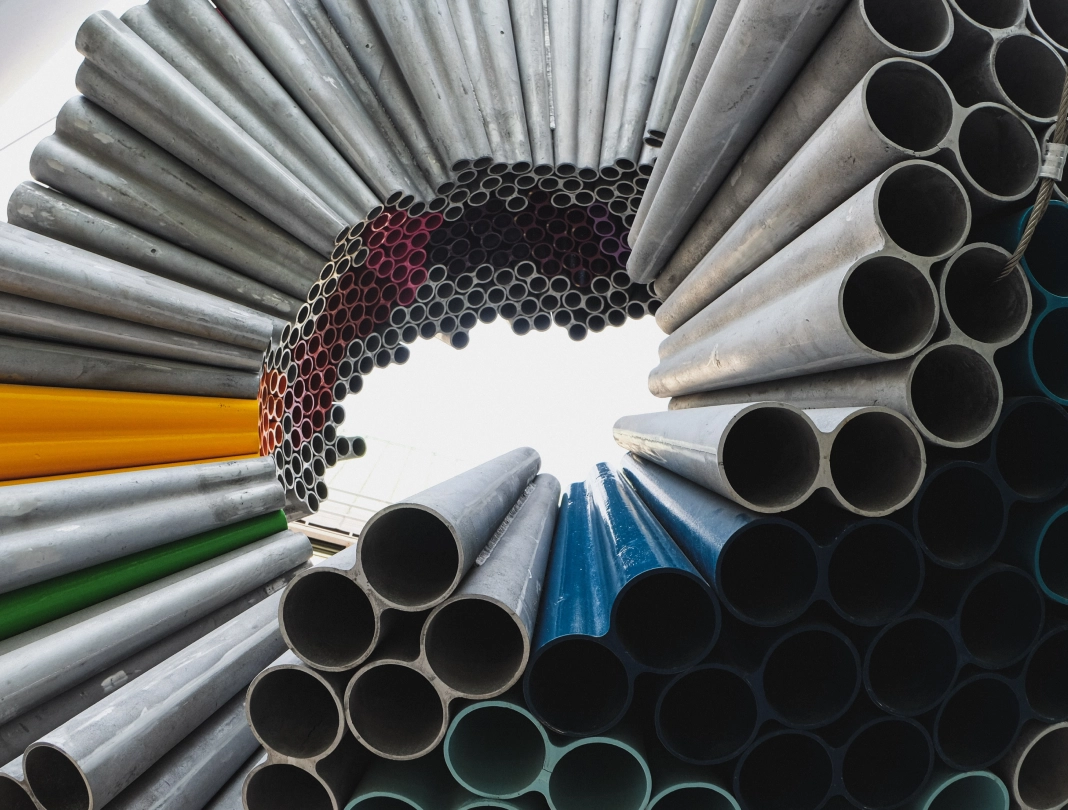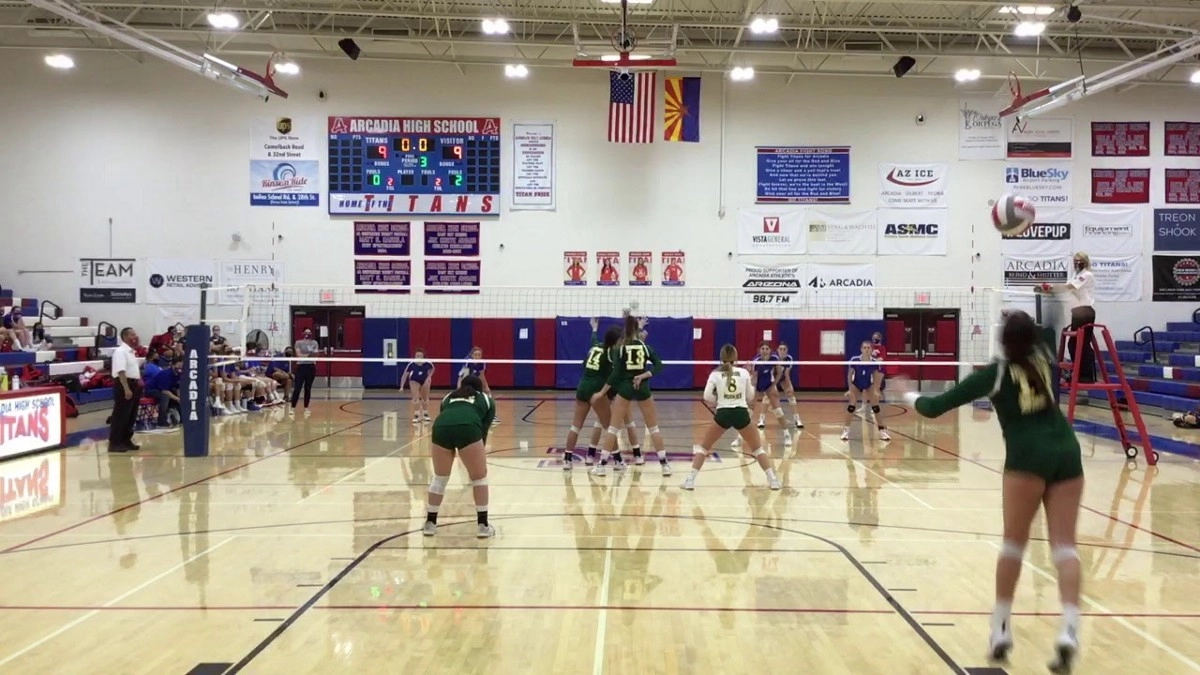Smart Livestock Monitoring Solution
Key results
- Real-time herd management
- Proactive livestock health monitoring
About the Client
The client is an Israeli startup developing computer vision-based software to monitor livestock and optimize the growth strategy.
Business Challenge
Our client aimed to help farmers increase livestock population and optimize every step of the growth strategy, hiring Quantum to develop the core system.
The solution would also have to provide automatic monitoring, tracking, and weighing of livestock, thus speeding up the measurement process, facilitating human labor, and decreasing farm costs.
Solution Overview
The solution consists of two major components: one receives live-stream video from cameras. The other is responsible for the data processing pipeline for advanced stock analytics and forecasting after the system receives and wirelessly transfers the datasets to the cloud.
By comparing ID tag data with comprehensive video analysis, the system automatically chooses the optimal way to assess health conditions with great detail. We applied the latest computer vision techniques to identify pig body parts and decrease the weighing error by 5%. The obtained metrics could then be used for accurate weight prediction and building a data-driven pig farming strategy.
Implementation
Our team built a cloud-based web service to monitor, classify, and measure animals in real time, using ML and deep learning to process the live video stream from farm cameras and make predictions. This approach is perfect for farmers who want to instantly gain insights from their livestock data.
The solution also detects deviations and alerts if something is wrong with health, weight distribution, or feeding. It helps to save money and reduce farm losses with less human interaction.
Technological Details
We used Python to develop asynchronous APIs quickly due to its full spectrum of ML, DL, and CV libraries. ML and deep learning techniques used: semantic segmentation neural networks and instance segmentation using state-of-the-art models (Mask-R CNN and customized UNet), nonlinear regression.
The whole pipeline is capable of processing one frame per second. Datasets were obtained using FullHD cameras with a wide view angle, while data processing was executed in the cloud using AWS SageMaker and Tensorflow serving. The GPU used for processing is NVidia M60.
KPIs
5%
reduction in weighing error1
FPS real-time video processing capability
Location
- Israel
Industry
- Agritech
Services
- AI & Machine Learning
- Computer Vision
- IoT & Embedded Systems
Technologies
- Python
- C++
- OpenCV
- TensorFlow
- Keras
- AWS SageMaker





